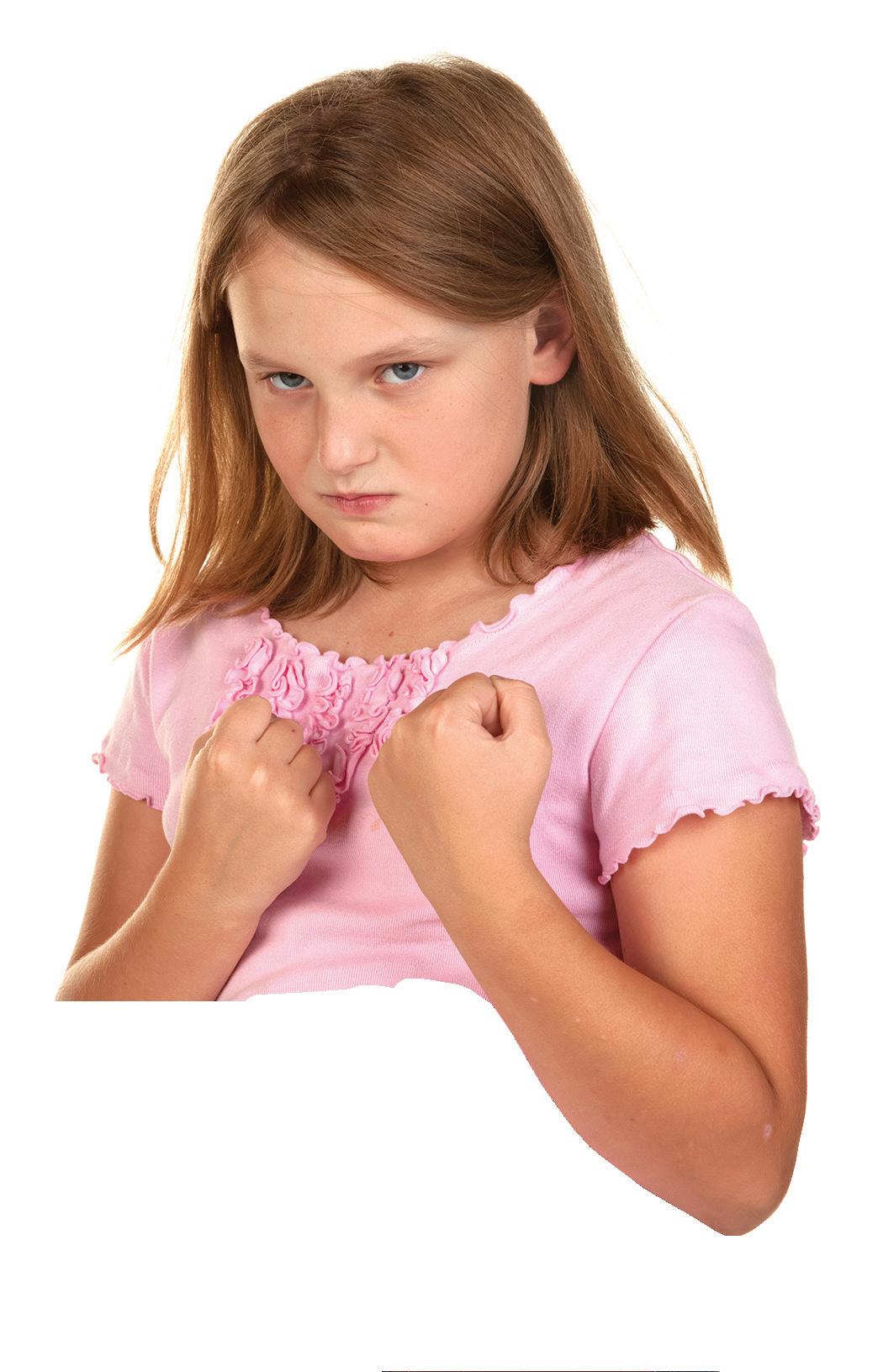
5 minute read
Environmental toxic exposure and detoxification
Atoxin is any substance that can harm your health and with more than 144,000 man-made chemicals now in existence, our toxic exposure is greater than ever before.
It’s true that the body has a brilliant inbuilt detoxification system involving the liver and kidneys, however at what point does toxic overload outweigh the ability of the body to eliminate toxins and how can this impact our health? Another issue that is often not taken
by Diana Arundell
into consideration, is that chemicals can act differently when they occur in combination and they are capable of change. Therefore even if a chemical may not occur in toxic amounts in one place, if it’s combined with many other chemicals, it may generate a greater risk to our health and the environment.
The US department of health suggests that 2000 new chemicals are released each year and according to the UN Environment Program most of these have not been properly screened for safety in human health. Children are at the highest risk of impact of chemical toxicity as they may be exposed to almost as many toxins as adults, yet their detoxification organs are much smaller and their body’s may be more sensitive. Science is beginning to link more and more health issues such as infertility, heart disease, obesity, cancers, autism spectrum and mood disorders to our growing exposure to toxic chemicals. Some examples of toxic chemicals we may be exposed to include: Persistent organic pollutants (POP’s) which remain and accumulate in the environment and body, non persistent pollutants, heavy metals, personal care products, plastic chemicals and air pollution. Examples of where these chemicals are found and the impact on health is as follows:
CHEMICAL
Persistent Organic Pollutants: i) Dioxins
ii) Polybrominated diphenyl ethers (PBDE’s) iii) Per/poly-fluoralkyl substances (PFA’s)
Non-Persistent Pollutants i) Glycophosphate ii) Organophosphates
Heavy Metals Lead, mercury, aluminium
Personal Care Products i) Parabens ii) Triclosan
iii) Resorcinol
Plastic Chemicals i) Bisphenol A (BPA)
ii) Phthalates
Air Pollution Outdoor: Indoor: FOUND IN IMPACT ON HEALTH
i) Pesticides, meat, eggs, fish, dairy (nonorganic) ii) Flame retardants in furniture, mattresses, clothing iii) Repellent of dirt/oil/water in non-stick cookware, stain resistant fabrics Increased risk of cancer, fertility issues, immune function, neurological health.
i) Widely used pesticide/weedkiller) ii) Fertilisers
Old paint, broken batteries, light globes, contaminated food (fish), aluminium cookware, foil, antiperspirants Growth and reproductive health, neurological issues. Nervous system
Fertility issues, neurological disorders, free-radical damage and inflammation
i) Cosmetics ii) toothpaste, antiseptic hand gel, mouthwash, soaps iii) Hair dyes, topical medication Hormone disruption, fertility issues
Plastic food/drink containers, plastic lining of tins/jars, eftpos receipt paper Plastic food wrap, vinyl, toys, air fresheners, creams, lotions, nail polish, scented candles Fertility, brain function, inflammatory bowel disease, foetal development Asthmas, reproductive health/ development, neurological development
The majority of toxins we’re exposed to enter the body via food, liquids, medications or are inhaled, or absorbed via the skin. A two-pronged approach is needed including identifying/reducing exposure to toxic chemicals, as well as supporting the body in the natural detoxification and elimination processes to reduce the chemical burden. Some ways we can reduce our exposure to these toxic chemicals include: 3 Buy Australian produced food (our regulations regarding pesticides aren’t good enough but better than many other countries) 3 Store food in beeswax wraps or glass 3 Use natural personal care products, sunscreen and cleaning products, avoid nail polish, glues, dyes. 3 Avoid dry cleaning clothes or air them outside for 24 hours after dry cleaning 3 Drink filtered water and use glass or stainless steel water bottles 3 Buy organic food where possible and wash all fresh food before consumption, grass fed meat, wild caught sea food (from unpolluted waterways) free range eggs and chicken 3 Avoid large predator fish such as tuna, swordfish and shark. 3 Buy food in glass or BPA free containers and avoid canned food and plastic packaging 3 Use stainless steel, cast iron or ceramic cookware 3 Avoid synthetic fabrics and dyes, wash all clothes and linen before use
3 Avoid cigarette smoke – first hand, second hand and third hand (chemical residue from smoking that accumulates in furniture/clothing has been linked to reproductive issues)
Ways to support the natural elimination pathways of the body include: 3 Support elimination via the skin through perspiration by regular exercise and saunas 3 Epsom salt baths to encourage elimination via the skin 3 Stimulate lymphatic flow via exercise and lymphatic drainage massage 3 Dry skin brushing before showering to improve circulation and elimination 3 Support good kidney function by adequate hydration with water 3 Herbal medicine and nutritional supplementation can additionally reduce chemical burden by supporting detoxification and elimination via liver, kidney and bowel health. Mainly commercial cleaning products contain
chemicals that can disrupt hormones in our bodies and have been labelled
as endocrine disrupting chemicals (EDCs). Here are a few recipes for natural cleaning products that will not only reduce your family’s toxic exposure, but also reduce expenses.
Diana Arundell is a university-qualified naturopath and consults from her Avoca Naturopath clinic. She has a special interest in fertility and pregnancy health, digestive health, immune function and family wellness programs. She was a nutrition lecturer at Macquarie University for 10 years, and is an accredited Journey Practitioner. For further information please contact Diana Arundell at Avoca Naturopath on 0410 465 900.


Lets Dress Up .com.au
Natural Kitchen Cleaner Spray bottle ½ cup white vinegar 2 tablespoons baking soda 5 drops eucalyptus or lemon essential oil Water METHOD: Pour the vinegar into a spray bottle and add baking soda. Fill the bottle with water and add essential oils. Shake well. Yes that’s it! Bathroom Cleaner Spray bottle 1 2/3 cup baking soda ½ cup liquid soap (Dr Bronner’s is good) ½ cup water 2 tablespoons white vinegar 10 drops lemon essential oil (optional) 10 drops peppermint essential oil (optional) METHOD: Combine baking soda and liquid soap in a spray bottle. Add water, vinegar and essential oils and shake before using. Great for tiles, vanity and bathtub. Loo cleaner 1 cup water 1/4 cup white vinegar 1 cup liquid castille soap (Dr Bronner’s is good) 1 cup baking soda 10 drops tea tree oil 10 drops lavender oil METHOD: Stir the baking soda into the water in a bowl. Add the liquid soap. Gradually add the vinegar a little at a time as it will fizz up. Add the tea tree oil and lavender oil. Pour the mixture into an old toilet cleaner squeeze bottle and shake before using.
Teaching Kids Life Skills Building confidence, self esteem and resilience. Learning how to deal with failure, change and fear. Ph: 0412 023 233 94 Buff Point Ave, Buff Point NSW 2262 www.lilwisewonders.com.au

Beautiful Dress-Ups for Kids






